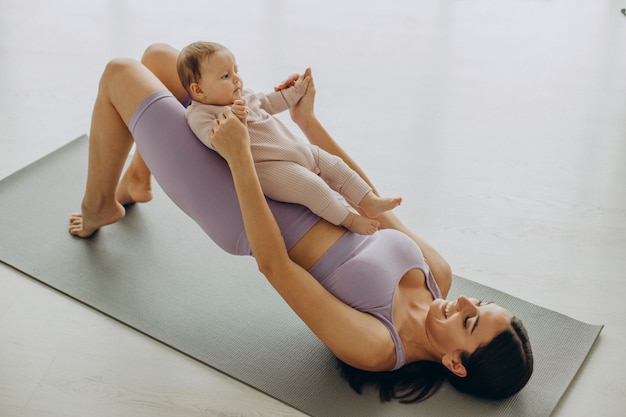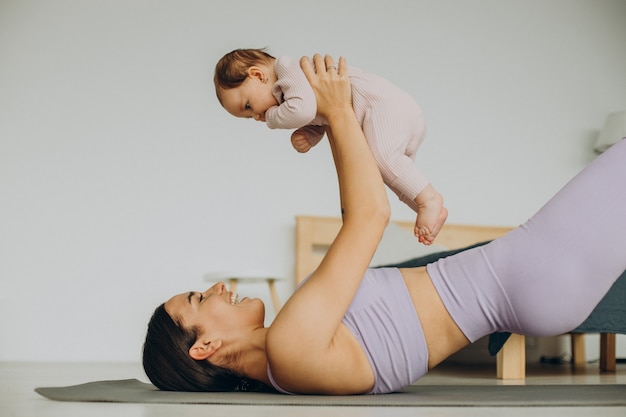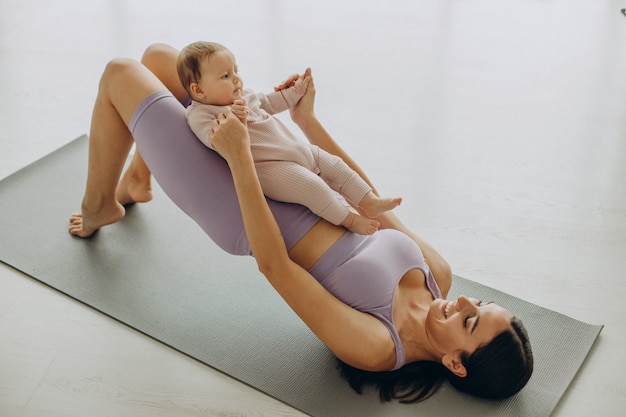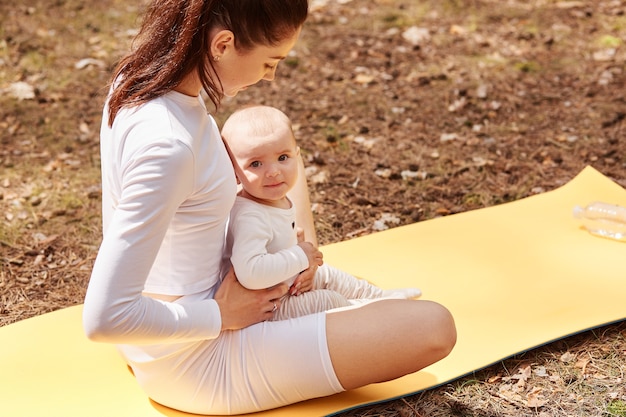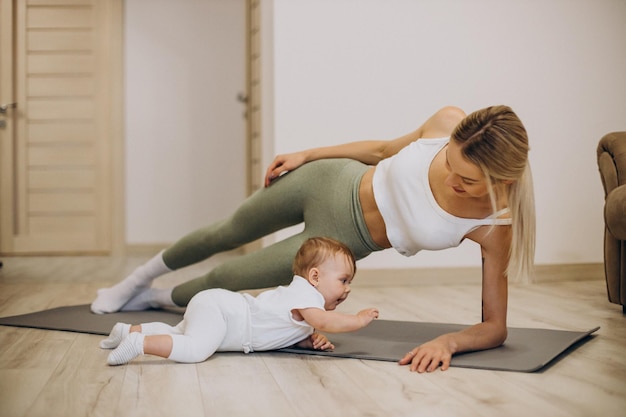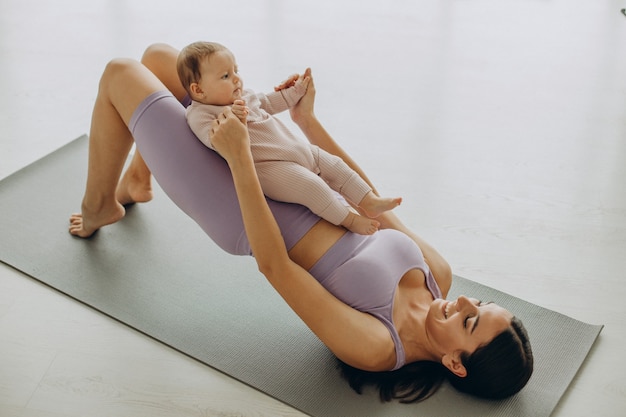28 Science-Backed Flexibility Tips for New Moms: Easy Routines, Daily Habits, and Proven Strategies for Postpartum Mobility
Becoming a new mom is a life-changing experience, both emotionally and physically. After childbirth, your body needs time to heal and adapt. One often overlooked aspect of postpartum recovery is flexibility. Regaining mobility, reducing stiffness, and improving range of motion can enhance daily comfort, prevent pain, and support long-term well-being.
This guide offers 28 science-backed flexibility tips specifically designed for new moms. These include short routines, simple daily habits, and evidence-based practices that fit seamlessly into your busy schedule—no gym required.
Why Flexibility Matters After Childbirth
During pregnancy, your body releases a hormone called relaxin, which loosens ligaments to prepare for delivery. While helpful during birth, this increased joint laxity can lead to instability and muscle tightness postpartum. Restoring balance through flexibility work supports posture, reduces lower back pain, and improves pelvic floor function.
Research shows that gentle stretching and mobility exercises in the postpartum period can accelerate recovery, reduce muscle soreness, and improve mood by lowering cortisol levels.
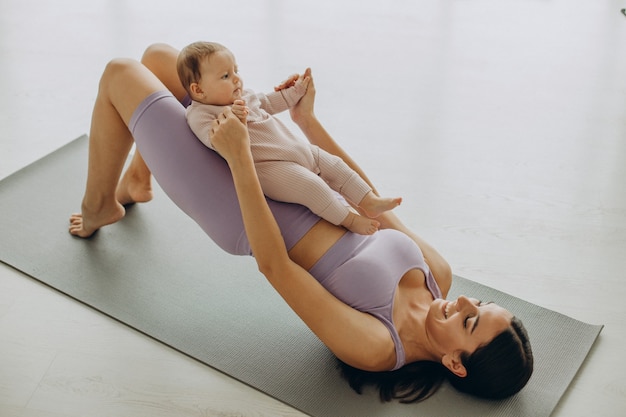
Short Flexibility Routines (5–10 Minutes)
- Start with diaphragmatic breathing: Inhale deeply through your nose, expanding your belly. Exhale slowly. This activates the parasympathetic nervous system, preparing your body for stretching.
- Neck rolls: Gently roll your head in slow circles to relieve tension from breastfeeding or looking down at your baby.
- Shoulder rolls: Roll shoulders forward and backward to counteract hunching over while feeding or carrying your baby.
- Seated forward fold: Sit with legs extended and gently reach toward your toes. Focus on lengthening the spine, not touching your feet.
- Cat-Cow stretch: On hands and knees, alternate between arching and rounding your back to improve spinal mobility.
- Child’s pose: A restful yoga pose that gently stretches the lower back and hips.
- Pelvic tilts: Lie on your back with knees bent. Gently rock your pelvis to release lower back tension and engage core muscles.
- Figure-four stretch: While lying down or seated, cross one ankle over the opposite knee and gently press down to stretch the glutes.
- Standing hamstring stretch: Place one foot slightly in front of the other and hinge at the hips to stretch the back leg.
- Ankle circles: Improve circulation and joint mobility by rotating each ankle slowly.
Simple Daily Habits to Boost Flexibility
- Stretch while feeding: Use nursing or bottle-feeding time to do gentle neck, shoulder, and wrist stretches.
- Practice mindful movement: Take 30 seconds between tasks to roll your shoulders or stretch your arms overhead.
- Hydrate consistently: Muscles need water to remain supple. Dehydration increases stiffness and cramping.
- Use a foam roller daily: Just 2–3 minutes on tight areas like calves, quads, or upper back can improve tissue elasticity.
- Walk mindfully: Focus on posture and arm swing during baby walks to enhance joint mobility.
- Sleep on a supportive mattress: Proper spinal alignment during rest aids muscle recovery.
- Avoid prolonged sitting: Get up every 30–45 minutes to stretch or walk, even briefly.
- Warm up before stretching: Light movement (like marching in place) increases blood flow and reduces injury risk.
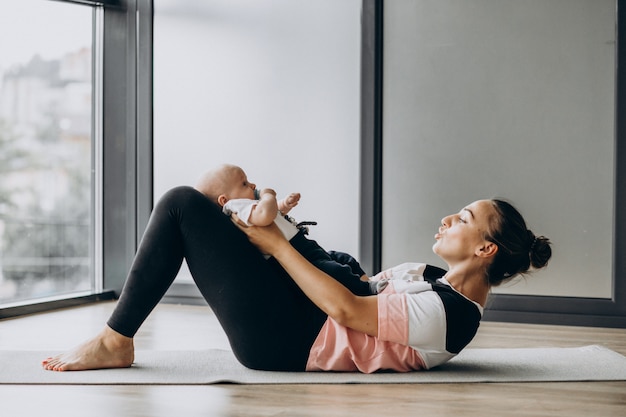
Evidence-Based Guidance for Safe Progress
Flexibility gains are gradual. Studies emphasize consistency over intensity—daily gentle stretching is more effective than occasional intense sessions. Here’s what science supports:
- Hold static stretches for 30 seconds to maximize muscle lengthening.
- Stretch at least 3–5 times per week for measurable improvements.
- Combine flexibility work with light strength training for better joint stability.
- Post-exercise stretching increases range of motion more than stretching alone.
- Breath control during stretching reduces muscle resistance and enhances relaxation.
- Yoga and Pilates are proven to improve postpartum flexibility and core strength.
- Warm environments (like a warm room or post-shower) enhance muscle elasticity.
- Listen to your body: Discomfort is normal, but sharp pain means stop.
Tips for Busy Schedules
You don’t need hours. Here’s how to integrate flexibility into motherhood:
- Create a 'stretch station' near your nursing chair with a mat and water bottle.
- Use nap time for a 5-minute routine.
- Involve your baby: Try gentle baby-wearing walks or tummy time together on the floor.
- Set phone reminders for micro-stretch breaks.
- Follow guided 5-minute videos designed for postpartum moms.
- Pair stretching with self-care: Stretch while listening to calming music or a podcast.
- Track progress with a simple journal or app to stay motivated.
- Join online mom groups for accountability and shared routines.
Final Thoughts
Flexibility is not about touching your toes—it’s about feeling comfortable in your body as you navigate motherhood. These 28 science-backed tips are designed to be realistic, safe, and effective for new moms at any stage of recovery.
Start small, stay consistent, and honor your body’s journey. With time, these simple habits will help you feel stronger, more mobile, and more in tune with yourself.






